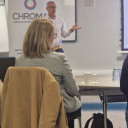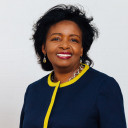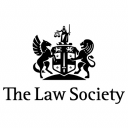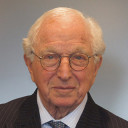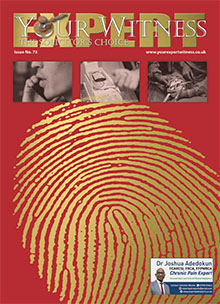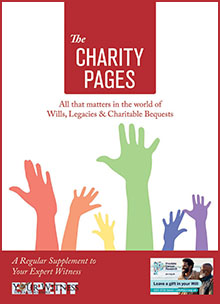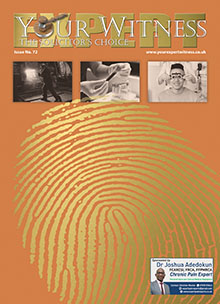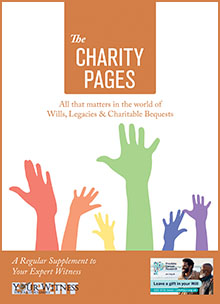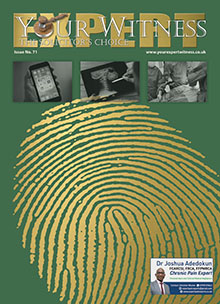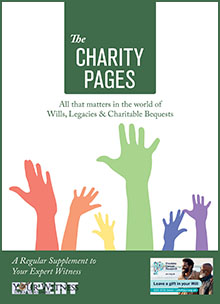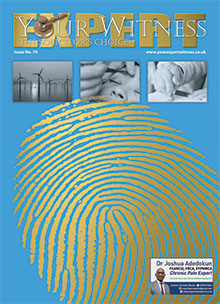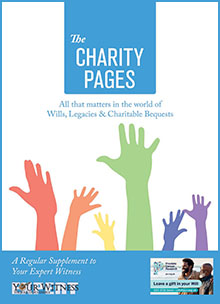The number of medico legal problems that are arising these days in dealing with infants under one year of age generally fall into two categories – retinopathy of prematurity and shaken baby syndrome. In addition, ophthalmologists are often asked to assess the vision and visual systems in infants who have suffered from birth trauma or birth damage.
Retinopathy of prematurity
This is a condition where the very immature eye is affected by metabolic changes that occur after birth and can result in abnormality of growth of the retinal blood vessels, leading to fibrosis, retinal detachment and blindness. It used to be called ‘oxygen blindness,’ but it is now known that oxygen and its administration is only one factor in the occurrence of this devastating condition. However the careful monitoring of oxygen as well as other metabolites is essential in the neonatal period to avoid this problem; and especially in infants of 1,000 gramme birth weight and under.
The change in recent years has been that there is now a reasonably effective treatment for infants with this condition and so it is mandatory for all premature infants to have their eyes examined by an ophthalmologist from about 34 weeks of gestational age. If any changes in ROP are seen, then appropriate laser and other treatment can be given which, although it will not lead to development of normal vision, will significantly reduce the incidences of very severe visual problems.
Most of the medico-legal problems are due to an incorrect or inadequate diagnosis and management of the premature infant. Many of these premature infants are also affected by cerebral palsy and other problems, so the resolution of all the problems with these children can be quite difficult.
Shaken baby syndrome
Child abuse is still a major problem and in most shaken and abused infants, one of the diagnostic signs can be haemorrhages in the eye. Again, an ophthalmic examination is now regarded as essential in any child who is suspected of having been shaken or abused.
The ophthalmologist cannot make a definite diagnosis, but the situation of ocular haemorrhages can certainly aid the opinions of others in determining whether child abuse has taken place. This is now a very controversial area, especially during the last two to three years and there are only a few ophthalmologists who are prepared to undertake work in this field.
Additional problems
Other problems that occur in this age group and led to medico legal discussions are much less common and are involved with the occurrence of congenital abnormalities and the misdiagnosis of rare tumours in infants.



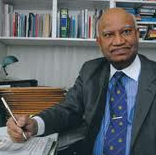 “Speculate before you accumulate. I am a long term regular writer and advertiser in 'Your Expert Witness - the Solicitor’s Choice'. This investment pays me substantive dividends; I get more Expert Witness work with every issue. Not only solicitors and barristers but also judges seem to read it. It is a win-win situation. Success breeds success; I must continue to write and advertise.”
“Speculate before you accumulate. I am a long term regular writer and advertiser in 'Your Expert Witness - the Solicitor’s Choice'. This investment pays me substantive dividends; I get more Expert Witness work with every issue. Not only solicitors and barristers but also judges seem to read it. It is a win-win situation. Success breeds success; I must continue to write and advertise.”

